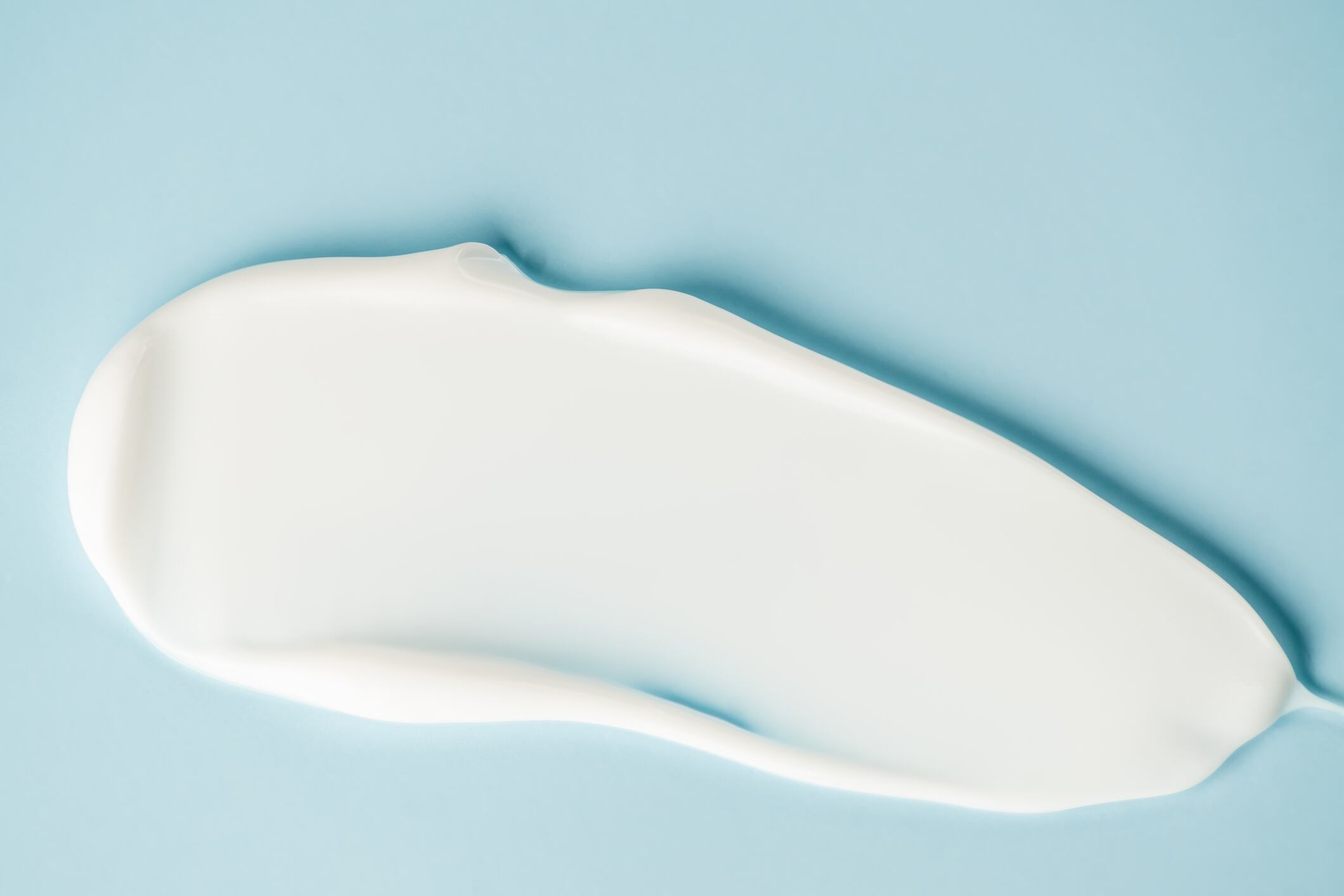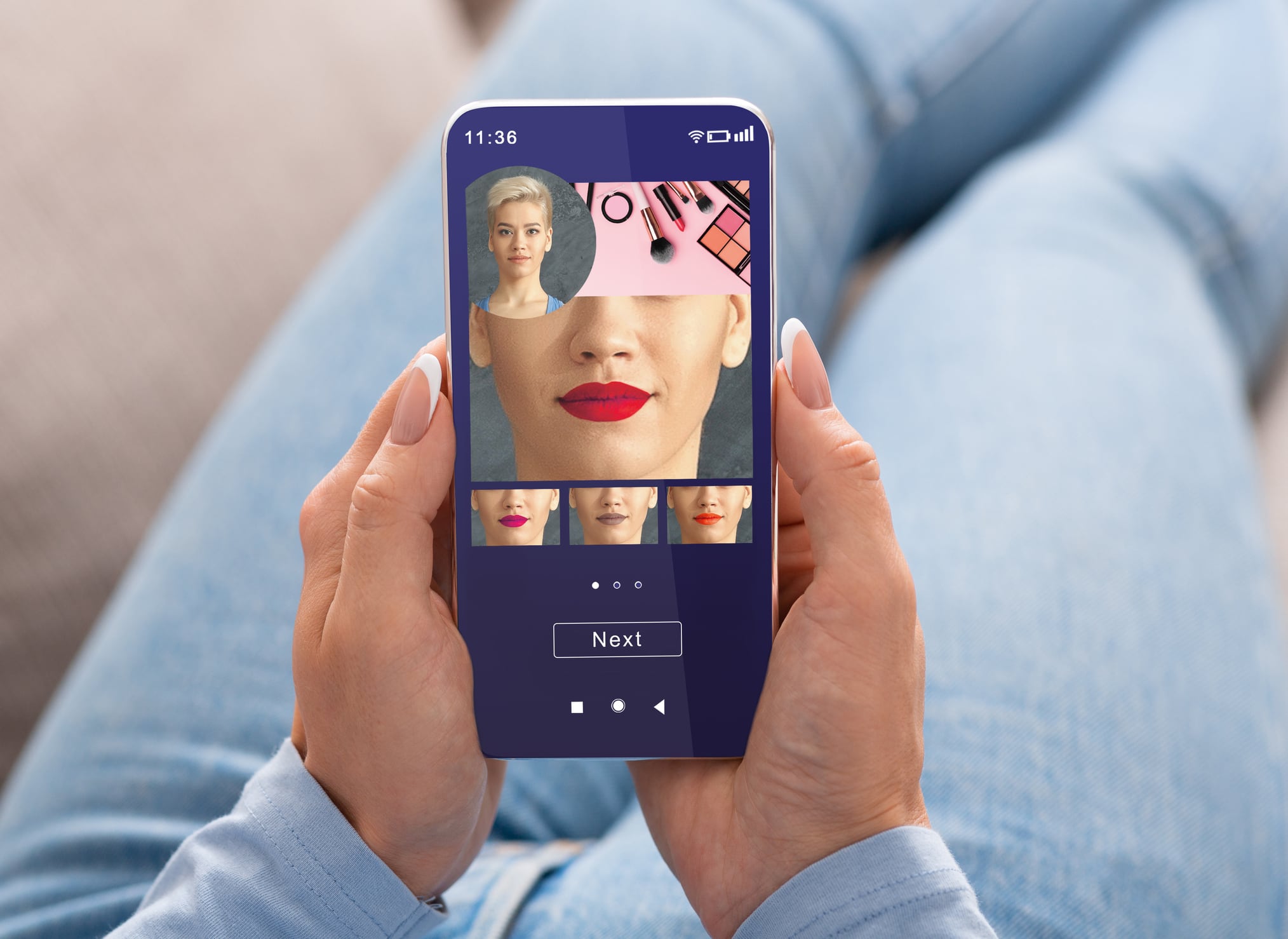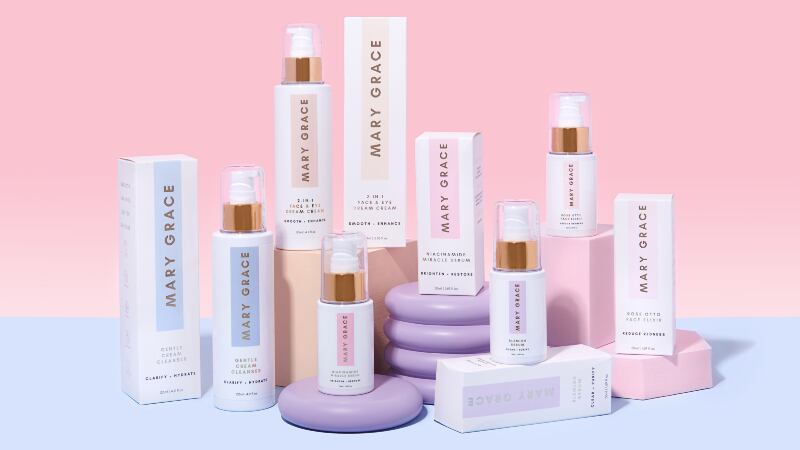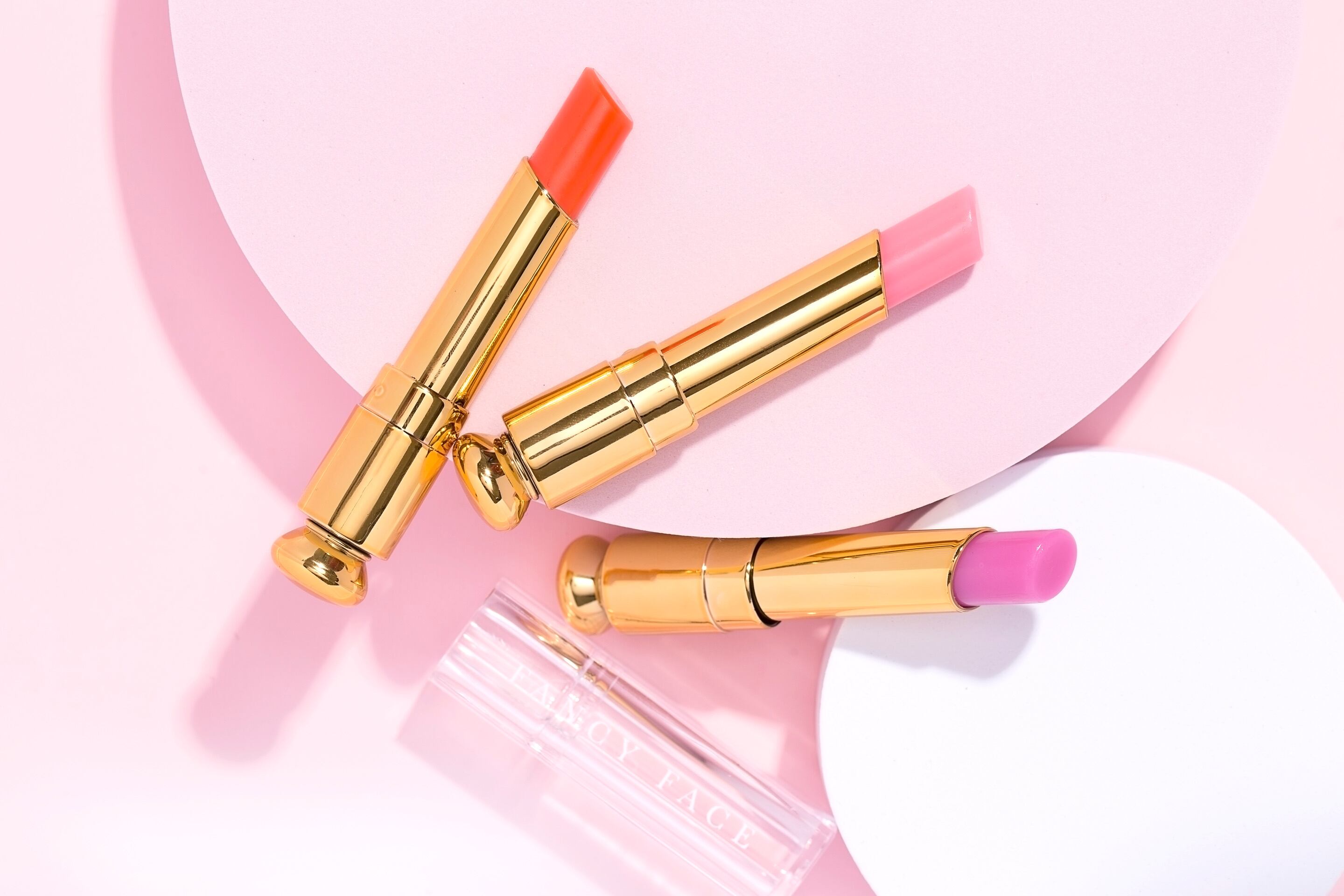After thriving in the UK beauty market, Dr. PAWPAW increased its focus on the US in recent years. In 2020, it launched into ULTA Beauty stores with its 25ml balms, followed by JCPenney and H-E-B, and more recently, Rite Aid pharmacies and specialty retailer Francesca’s.
By the end of 2022, the US market accounted for 20% of its turnover. Pretty impressive for a business that’s still 100%-owned by its founders: husband and wife team Johnny and Pauline Paterson.
Based on the power of PAWPAW
Before launching Dr. PAWPAW in 2013, the duo spent a long stretch working in the beauty industry. “My background was in PR and marketing, helping brands establish themselves and improve awareness and sales, shared Johnny Paterson. “I noticed we could make an impact and often said to Pauline that we should create our own brand.”
Their opportunity to do so came sooner than they expected when their then six-month-old daughter suffered from eczema and was prescribed a steroid cream they didn’t want to use. “We had heard about the power of the ingredient pawpaw, so we gave it a try and it worked well,” said Paterson. “Then we saw there was a gap for this kind of product in the UK and decided to launch our Dr. PAWPAW Original Balm.”
And the rest was beauty brand history. In year one (2013), the company bought 10,000 Original Balms and took around £68,000 ($83,000), but over the past year, it turned over £6mn ($7.3mn) with its range of balms, hand care, and hair products.
The business started with just two staff members and now employs 21 people. Meanwhile, the products have won many accolades, such as the coveted Allure Best of Beauty Award for the Overnight Lip Mask in 2021.
The products are also a firm favorite of celebrities like Alicia Keys, Lizzo, Vanessa Hudgens, and Jenna Ortega. Even professional makeup artists on Netflix shows like Wednesday and Bridgerton revealed they used the balms on cast members. “Our PR successes are big achievements for us, as we’ve done it in-house,” said Paterson. “It’s helped that lots of celebrities really love our products.”
Multitaskers are our USP
But surely good PR and celebrity endorsement can only take a brand so far? What else can be attributed to the brand’s success in such a tough economy? “I think our customers feel they get good value for money from our products,” said Paterson. “Multitaskers are our USP and we have especially enjoyed success in the past 12 months when more consumers are actively seeking value for money.”
There isn’t a ‘typical’ Dr. PAWPAW customer, though, which Paterson admits can sometimes be frustrating. Using information from the brand’s social media and email marketing channels reveals that 86% of customers are female, with the largest demographic aged between 25-44, but there are fans aged between 16–64. “Customer feedback has been integral in building the business and we have managed to stay intimate with our customers,” said Paterson. “We ask our customers what they want us to create next. We have an email database of 175,000 that we write to and give maybe four different choices and then act on that direct feedback.”
The company also prides itself on its collaborative approach inside the industry, even with direct competitors. “We have a WhatsApp group with 25 of the top SME businesses on it where we all discuss ideas and how business is going,” said Paterson, who was Great British Entrepreneur of the Year winner in 2020. “It’s less about competition – we’ve all got plenty of customers to aim at and we don’t have to own everything. We even have regular conversations with our direct competitors. Maybe it’s a bit leftfield but it works. As a UK export champion for the British government, I’m also actively trying to help other startups and even medium-sized and large businesses.”
ESG-focused before it was fashionable
Dr. PAWPAW’s products had always been natural, even before it was a trend, but in recent years the brand became focused on the environment and sustainability – using post-consumer recycled plastic and cardboard. “Our products are 100%-made in the UK. We are carbon-neutral and currently working toward B Corp status,” said Paterson. “And we examine the whole supply chain. For example, a lot of companies still send goods by air, but we ship or send them via rail even if it costs us more. We also have a once-a-month shipping schedule, rather than more frequent trips. We only use recycled cardboard and reuse any cardboard that we do handle.”
The brand also gives a percentage of sales to charities: Save the Children in the US and Teenage Cancer Trust in the UK.
Future expansion and NPD plans
Paterson reveals that Dr. PAWPAW has a five-year business plan that targets key markets worldwide, including China, which they are considering now that animal testing laws have changed.
The brand also has a five-year NPD plan in place, with a huge (but embargoed) launch coming up at the end of March. “Going forward, we will diversify into other categories, including mother & baby; skincare, body care, and extend our haircare range,” shares Paterson. “But right now, we are pleased at how far we have come. Not a lot of UK-based businesses can say that 20% of their turnover is in the US,” he said. “A lot of people in our position have sold shares to help them go further faster, but we still own 100% of the business. We have also managed to keep our fun-filled and colorful ethos at the heart of everything we do.”




